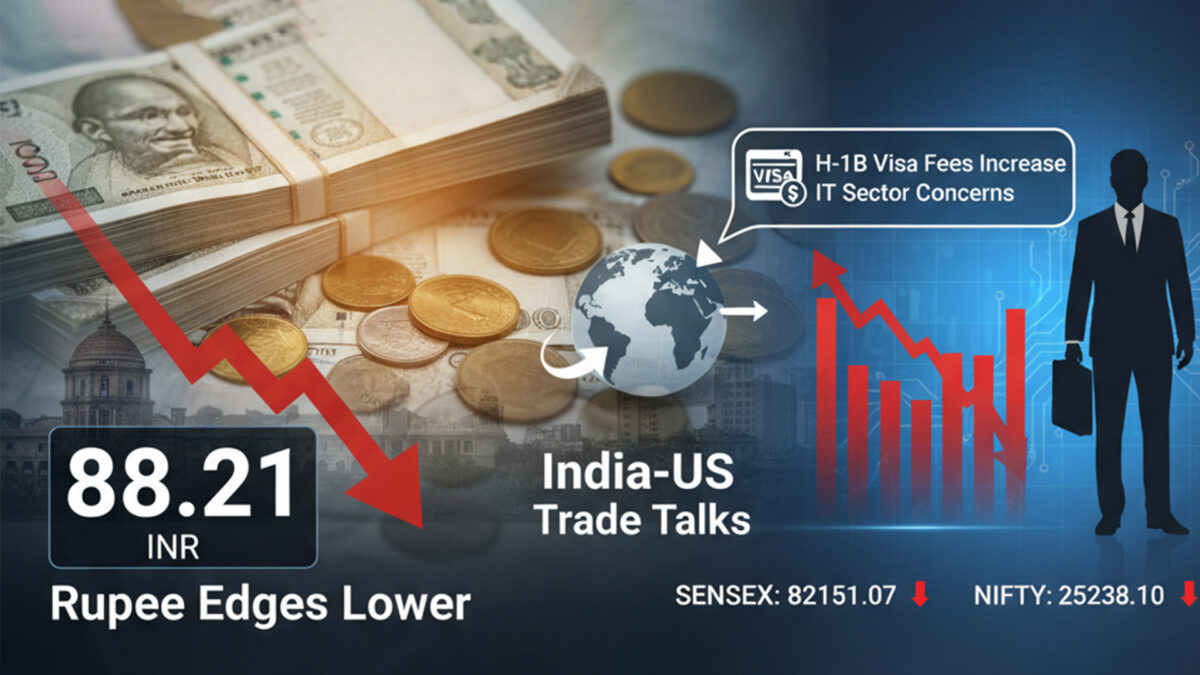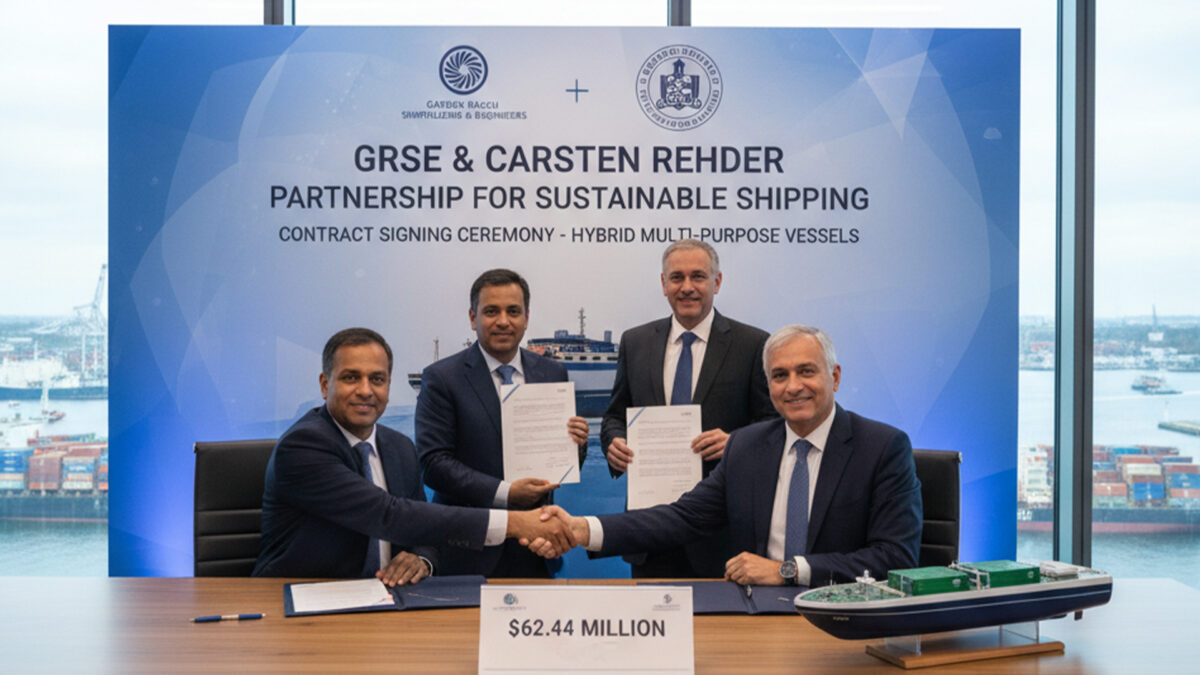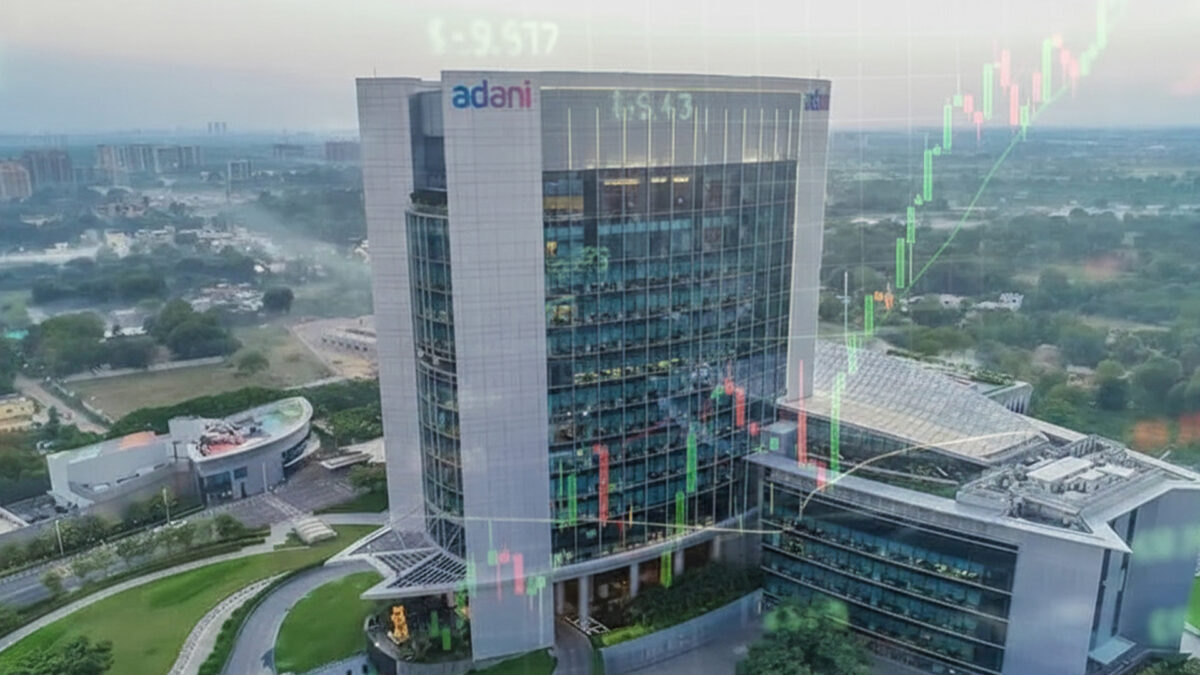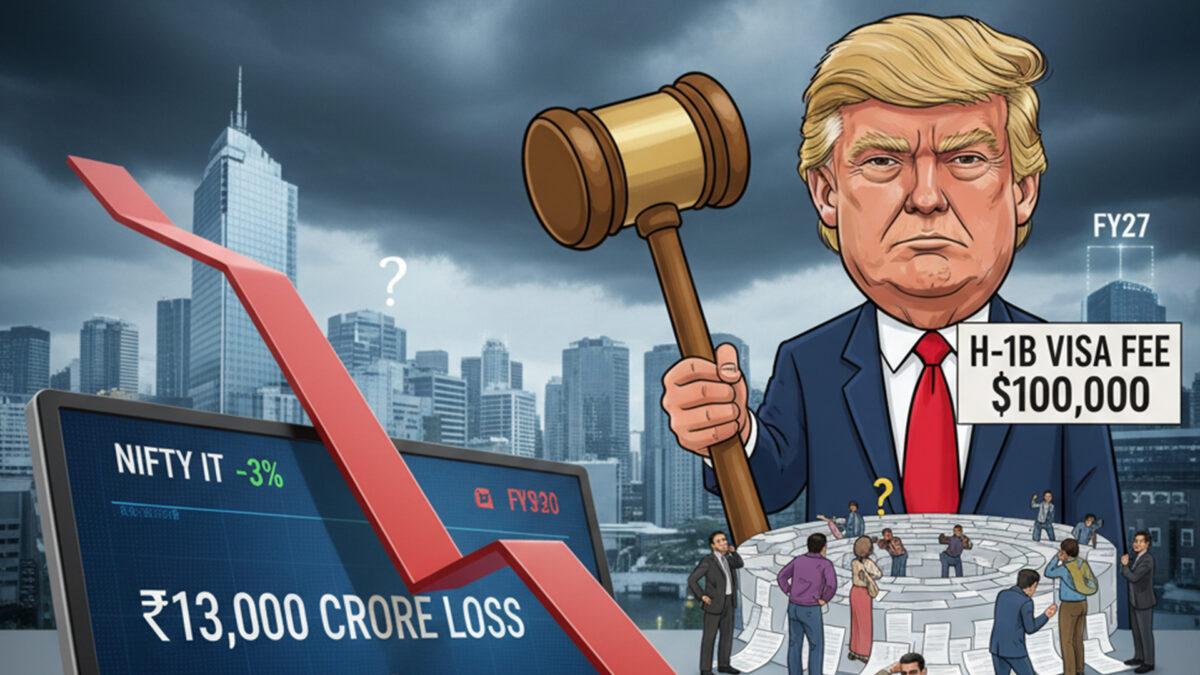India’s leading e-commerce platforms, Amazon and Flipkart, have kicked off their flagship festive season sales — the Great Indian Festival and Big Billion Days — setting the stage for what could be the largest shopping season in the country’s online retail history.
These sales mark the beginning of the year’s most crucial period, traditionally accounting for nearly a quarter of annual revenues for both platforms.
Members of Flipkart Black and Amazon Prime, the respective subscription programs, were given early access starting September 22. The timing of the sales coincides with the implementation of a new goods and services tax (GST) regime, which reduced rates on big-ticket appliances such as air-conditioners, televisions, and dishwashers from 28 percent to 18 percent. This adjustment is expected to boost affordability and fuel demand in key festive categories.
Flipkart launched the 12th edition of the Big Billion Days with events at its Bengaluru campus. The company expects 250–300 million unique visitors during the sale itself, and over 350 million across the entire festival period. Supported by a workforce of 400,000 across warehouses, fulfilment centres, and delivery networks, Flipkart will serve 19,500 pin codes from 4,500 locations. The platform has also scaled up its operations with more than 100 fulfilment centres and nearly 400 micro-fulfilment hubs in 19 cities, offering express delivery through Flipkart Minutes and seasonal hiring of over 2.2 lakh workers.
Amazon has bolstered its network with 12 new fulfilment centres, six sortation hubs, and 1.5 lakh seasonal work opportunities across 400 cities. The company has also expanded checkout financing options, including Amazon Pay Later, to encourage spending across categories.
According to a report by Datum Intelligence, India’s festive season sales in 2025 are expected to rise by as much as 27 percent to ₹1.2 lakh crore, up from nearly ₹1 lakh crore in 2024 and ₹81,000 crore in 2023. The surge in demand is being driven by pent-up consumer interest from August, the GST rate cuts, and early access for subscription members.
Both Amazon and Flipkart are leveraging live commerce, influencer-led showcases, and short-form video content to engage shoppers, particularly in Tier-2 and Tier-3 cities and among Gen Z consumers. With logistics networks strengthened, festive hiring completed, and GST cuts incentivizing high-value purchases, the stage is set for what analysts expect could be the strongest festive season yet in India’s $1.2 lakh crore e-commerce market.
Also Read: GRSE Secures $62.44 Million Contract with German Firm for Hybrid Vessels








